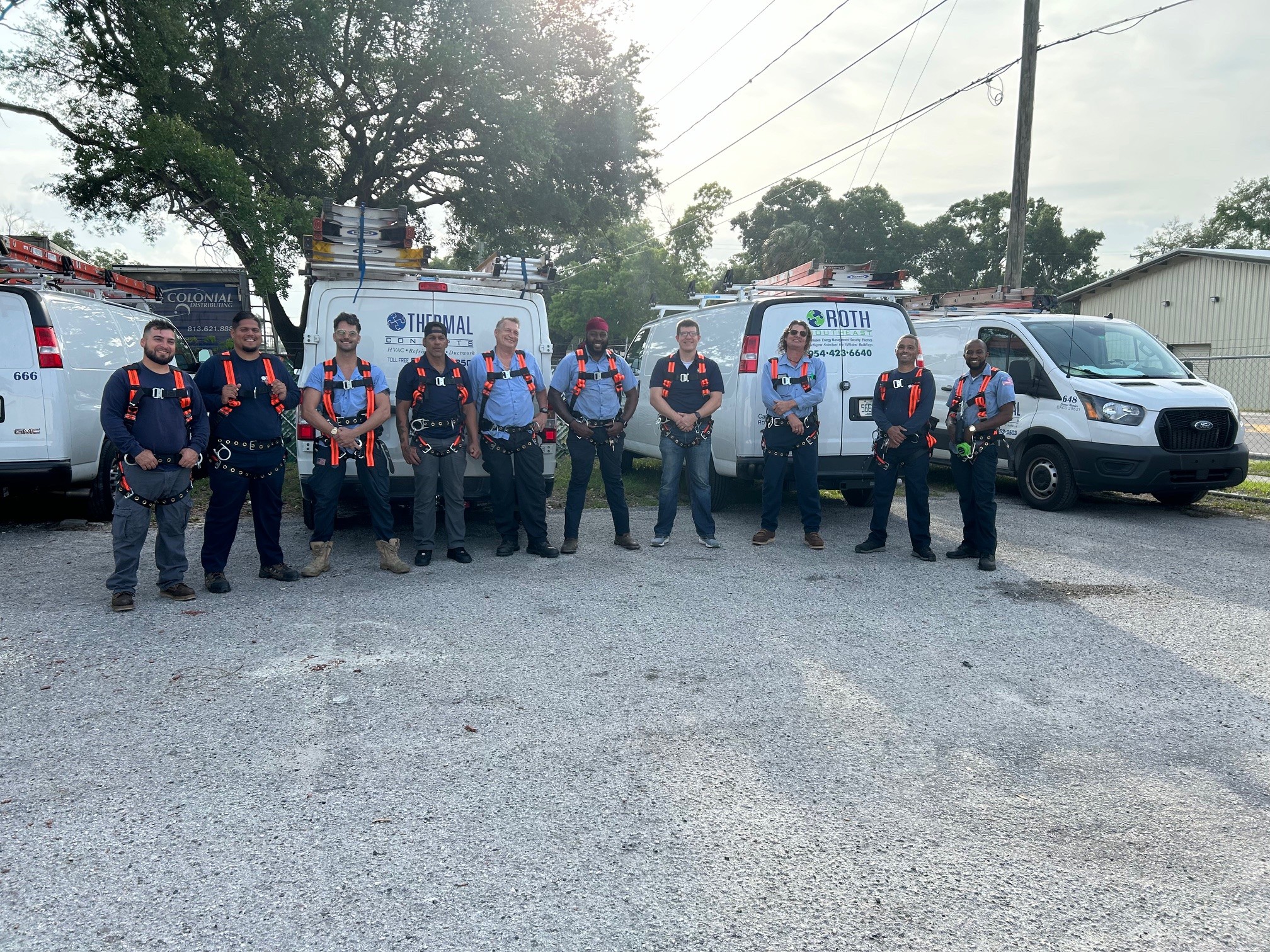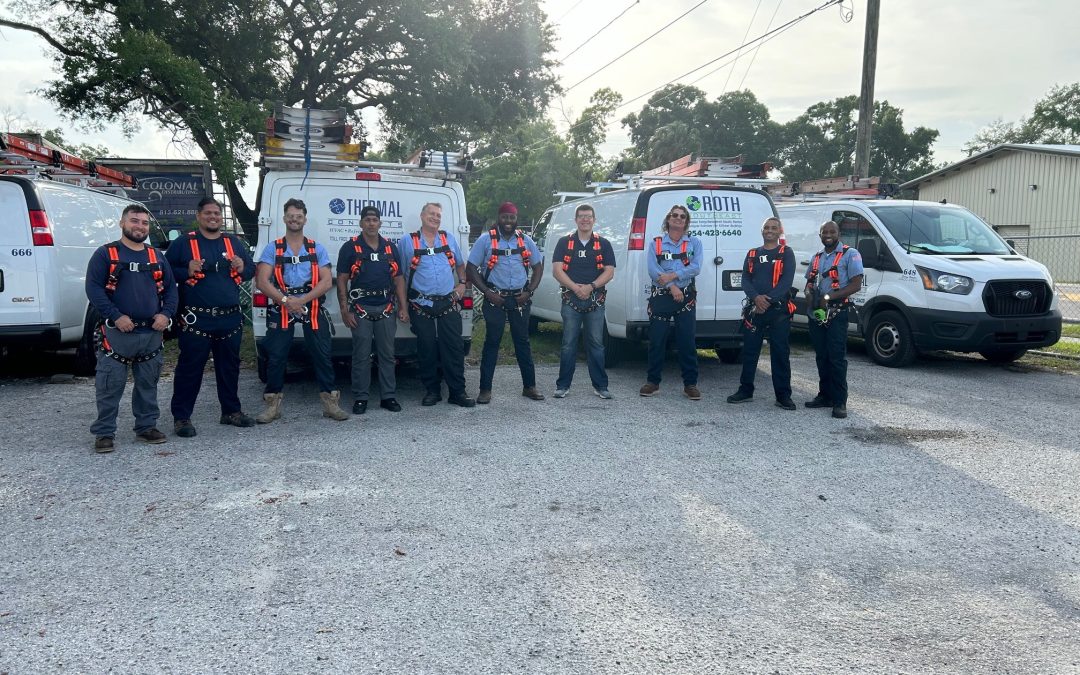
How We Helped Our Clients Cut Energy Costs With Building Automation
Every company wants to control costs, especially when margins are tight, inflation is rising, and every dollar counts. This usually drives increasing pressure to improve operational efficiency.
What tops the expense list for most companies? Energy.
Energy costs are often among businesses’ largest operational expenses, especially those in industries such as manufacturing, healthcare, education, and hospitality. HVAC systems can consume a significant portion of monthly operating budgets.
Why HVAC is a Major Driver of Energy Use
According to the US Energy Information Administration, US businesses allocate 14% of their total electricity consumption on cooling systems while manufacturing facilities spend 18% of their electricity budget on HVAC.
In other words, climate control may be essential, but it’s also expensive.
The good news is that there’s a smarter way to manage your retail facility’s energy consumption to maximize efficiency, reduce costs, and enhance sustainability efforts.
Why Are Your Energy Costs So High?
Companies have little sway over how much energy costs.
Without proper controls, HVAC systems often run inefficiently—cooling or heating unoccupied spaces, operating on fixed schedules regardless of actual need, or even competing with each other due to poor zoning.
In cases where little to no automation or centralized control exists, businesses may be overspending on HVAC-related energy usage by as much as 50%. That could equate to a 22.5% reduction in total utility spend for some facilities.
However, not every building will see that level of savings. A facility that already has some basic controls in place may only trim 10% or so off its total bill by optimizing with more advanced automation.
So what’s realistic? While results vary based on existing infrastructure and building type, our experience shows most clients achieve measurable and meaningful energy savings—typically in the 10% to 25% range—without overhauling their entire system.
Where the Savings Come From
Here are some of the most common reasons HVAC-related energy usage is higher than it should be:
-
- Lack of Smart Scheduling & Control: Many facilities run systems based on simple timers or manual controls, failing to adapt to actual occupancy, weather conditions, or specific zone requirements. Rather, the HVAC system just runs, wasting energy when it could be idle.
- Suboptimal Zoning: Different areas have different needs. Treating them the same wastes energy. In large facilities, poorly coordinated systems can even work against each other.
- Manual Override Issues: Staff adjusting local thermostats can lead to inefficiencies, energy battles between zones, and unnecessary wear on equipment.
- Outdated Equipment: Older HVAC units and control systems, common in many established buildings, lack the efficiency and intelligence of modern technology. They struggle to keep up with modern demands and consume enormous amounts of energy (driving up big bills) in the process.
These inefficiencies compound, leading to unnecessarily high utility bills, shorter equipment lifespans requiring premature capital expenditure, potential impacts on occupant comfort and productivity, and a larger environmental impact.
How Building Automation Solves the Problem for Your Facilities
HVAC automation isn’t a new concept. Millions of people have smart thermostats that automatically adjust their home’s temperature based on their schedule or preferences.
The same concept, applied at a larger scale, is at the heart of Building Automation Systems (BAS).
At Thermal Concepts and our Partner Company Roth Southeast, our BAS solutions act as the operational “brain” of a facility—intelligently monitoring, controlling, and optimizing HVAC systems in real time.
Here’s how Roth Southeast’s BAS addresses energy waste across diverse environments:
- Intelligent Scheduling: We tailor automation to your specific operational needs. Systems automatically adjust based on time, real-time occupancy data, and weather forecasts.
- Granular Climate Zoning: Set and maintain precise temperature and ventilation parameters for different areas, ensuring comfort where needed and conserving energy elsewhere.
- Optimized System Performance: This ensures that different HVAC units and components work together efficiently, preventing conflicts and reducing overall system load during non-peak times or low occupancy.
- Real-Time Monitoring & Data: Provides facility managers with powerful dashboards and reports to track energy usage across buildings or zones, identify anomalies, diagnose potential issues proactively, and make informed decisions for continuous optimization.
- Centralized & Remote Control: This feature enables authorized personnel to monitor and manage multiple buildings or zones from a central location or remotely, streamlining operations and preventing inefficient local overrides.
The Result: Lower Costs and Better Control
Proven Results & Added Benefits Across Sectors
Our clients consistently see improvements in energy use and operational efficiency after implementing automation. While exact savings vary, many facilities can expect a 10%–25% reduction in total energy spend tied to HVAC operations.
Additional benefits include:
- Longer Equipment Life: Optimized usage reduces wear and unplanned downtime.
- Improved Occupant Comfort: More consistent temperatures and better air quality enhance satisfaction and productivity.
- Informed Decision-Making: Data-driven insights support better planning and resource allocation.
Most importantly, you will recognize these gains right away! Many clients begin seeing a noticeable decrease in energy costs within the first 90 days.
Start Lowering Your Costs Today
Thermal Concepts and Roth Southeast specialize in implementing advanced BAS systems designed to dramatically improve energy efficiency, optimize building performance, and help your company achieve its sustainability goals.
If your facility is currently running without smart automation, there’s a good chance you’re leaving money on the table.
Our clients have saved millions on energy and HVAC costs!
Ready to start saving today?
Contact Thermal Concepts today to learn more about how Building Automation can improve your facility’s energy consumption and bottom line.

